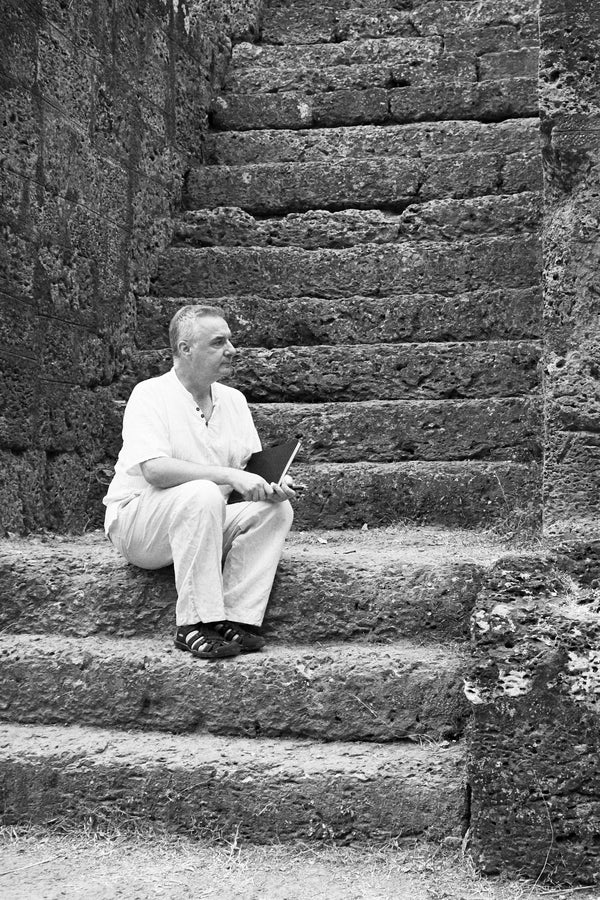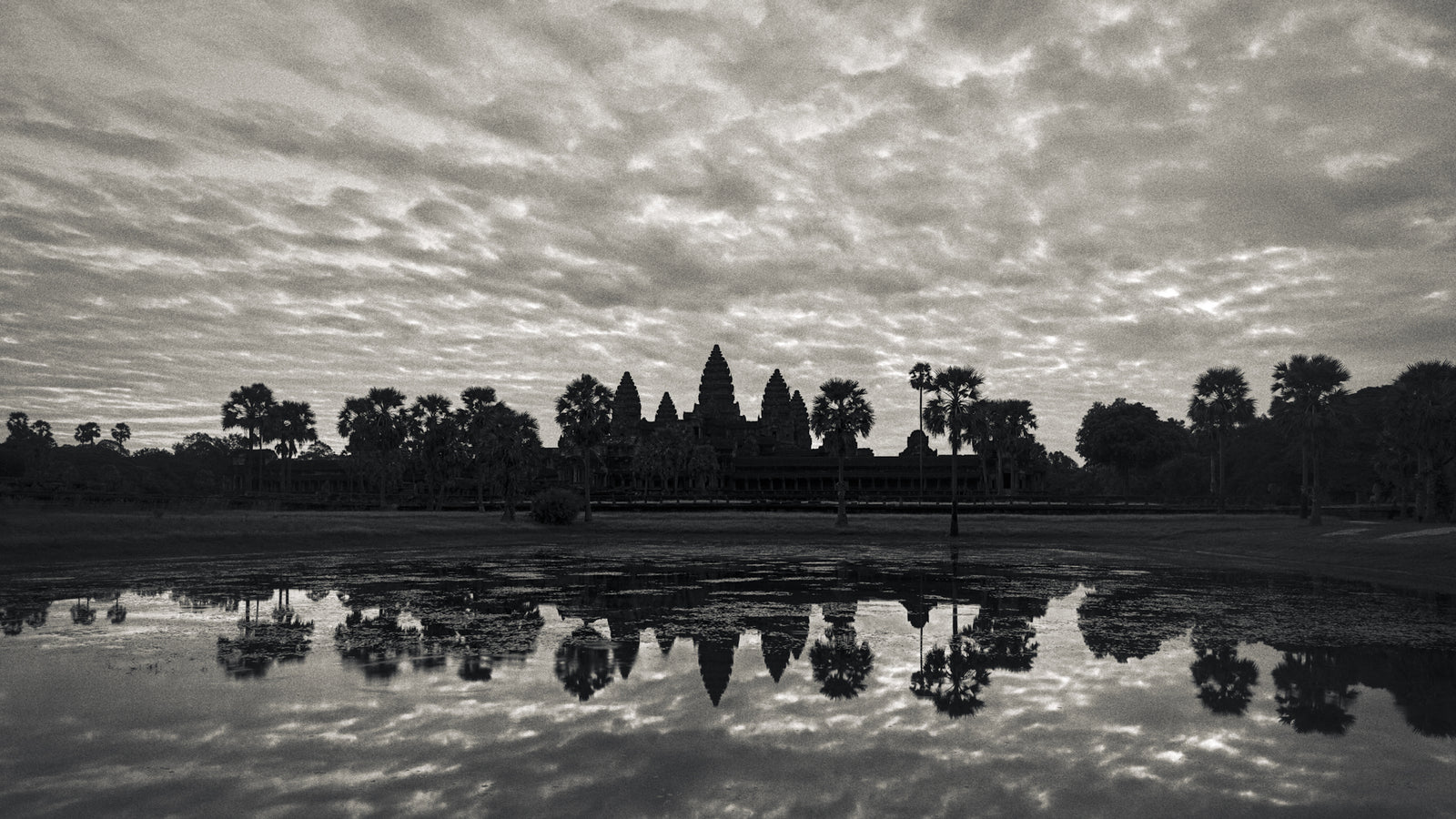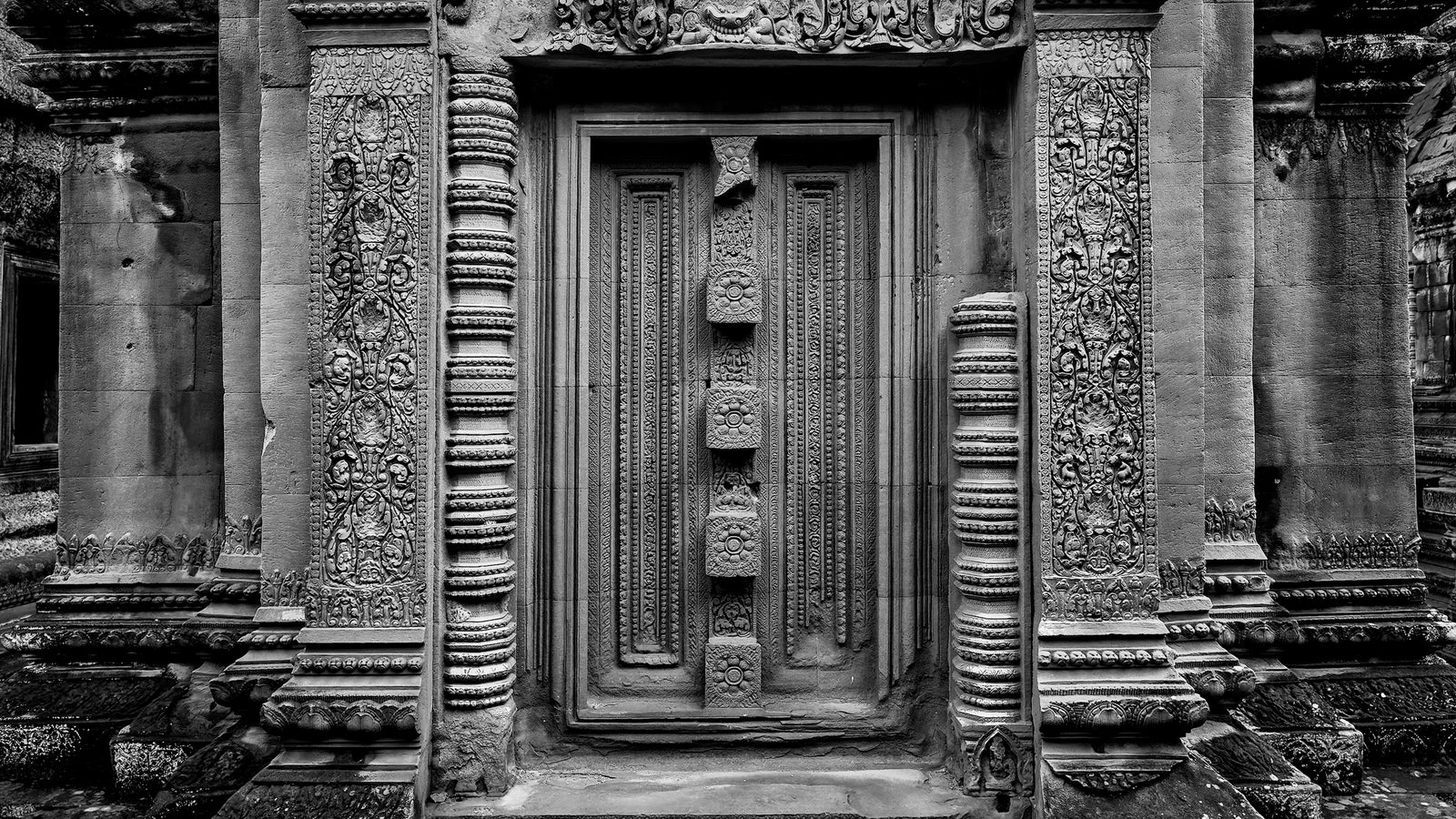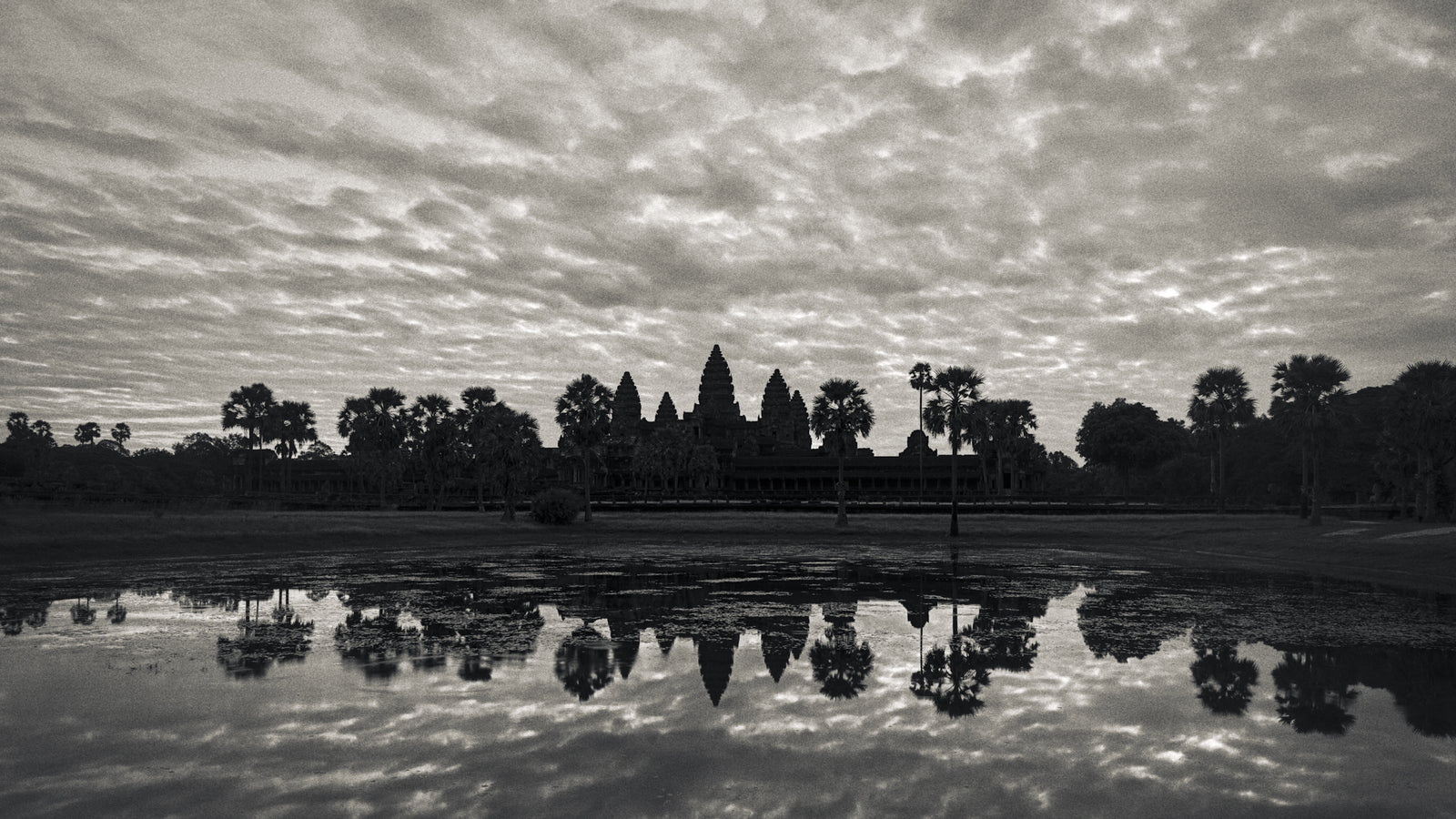Complimentary worldwide shipping on orders over $400 · No import tariffs for most countries
Complimentary worldwide shipping on orders over $400 · No import tariffs for most countries
Suor Proat Temple
2 min read
| Name: | Suor Proat Temple |
| Aka: | Prasats Suor Proat Prasats Suor Prat |
| Khmer: | ប្រាសាទស៊ូរព្រាត |
| Meaning: | ‘the towers of the rope dancers’ |
| Date: | 11th century CE? |
| Style: | Bayon |
Suor Proat Temple is a collection of twelve laterite towers, or prasats, standing to the east of the Terrace of the Elephants in Angkor Thom, arranged in a symmetrical fashion around the road leading to the Victory Gate and to the East Baray.
It is not certain that these towers were sanctuaries, they may have served as reception halls. Their arrangement – ten towers are aligned on a north-south axis and face west, while the two others are oriented towards the road – does not correspond to the layout of a religious complex. In addition, the design of each tower – with a rectangular main chamber opening up onto three large open windows – is quite unusual: Angkor sanctuaries are square and do not have windows.
There is a theory that these towers, and the North- and South Khleang Temple, were built to receive dignitaries, perhaps even foreign ones, when ceremonies were organised on the parade ground. Their situation – on a slightly elevated mound shaped to accommodate individual terraces – would have made them ideal vantage points from which to enjoy the festivities. However, this theory would make the Suor Proat towers and the Khleangs the only stone structures in Angkor not built for religious purposes, which seems unlikely given that even the king was living in a wooden palace.
A legend says that, during festivals, acrobats performed balancing acts on a rope connecting the top of the towers, hence their modem name meaning ‘the towers of the rope dancers’.
The Chinese emissary Zhou Daguan, in his 13th century report, tells us the towers were used for settling disputes:
...if two families have a dispute to resolve and cannot agree on right and wrong, there are twelve small stone towers [Prasat Suor Proat] on a bank opposite the palace, and the two people concerned are sent to sit in two of them. Outside, members of each family keep guard against the other. They may sit in the towers for a day or two, or for three or four days. Then for sure the one who is in the wrong becomes visibly ill, and leaves. He may have sores, or a cough or fever or something of the kind. The one who is in the right is absolutely fine. Thus right and wrong are assessed and decided on, in what is known as the judgement of heaven. Such is the spiritual power of the local gods.
Map of Suor Proat Temple
Also in Angkorpedia
Join My Studio Journal
Receive occasional letters from my studio in Siem Reap—offering a glimpse into my creative process, early access to new fine art prints, field notes from the temples of Angkor, exhibition announcements, and reflections on beauty, impermanence, and the spirit of place.
No noise. No clutter. Just quiet inspiration, delivered gently.
Subscribe and stay connected to the unfolding story.

Join My Studio Journal
Receive occasional letters from my studio in Siem Reap—offering a glimpse into my creative process, early access to new fine art prints, field notes from the temples of Angkor, exhibition announcements, and reflections on beauty, impermanence, and the spirit of place.
No noise. No clutter. Just quiet inspiration, delivered gently.
Subscribe and stay connected to the unfolding story.



